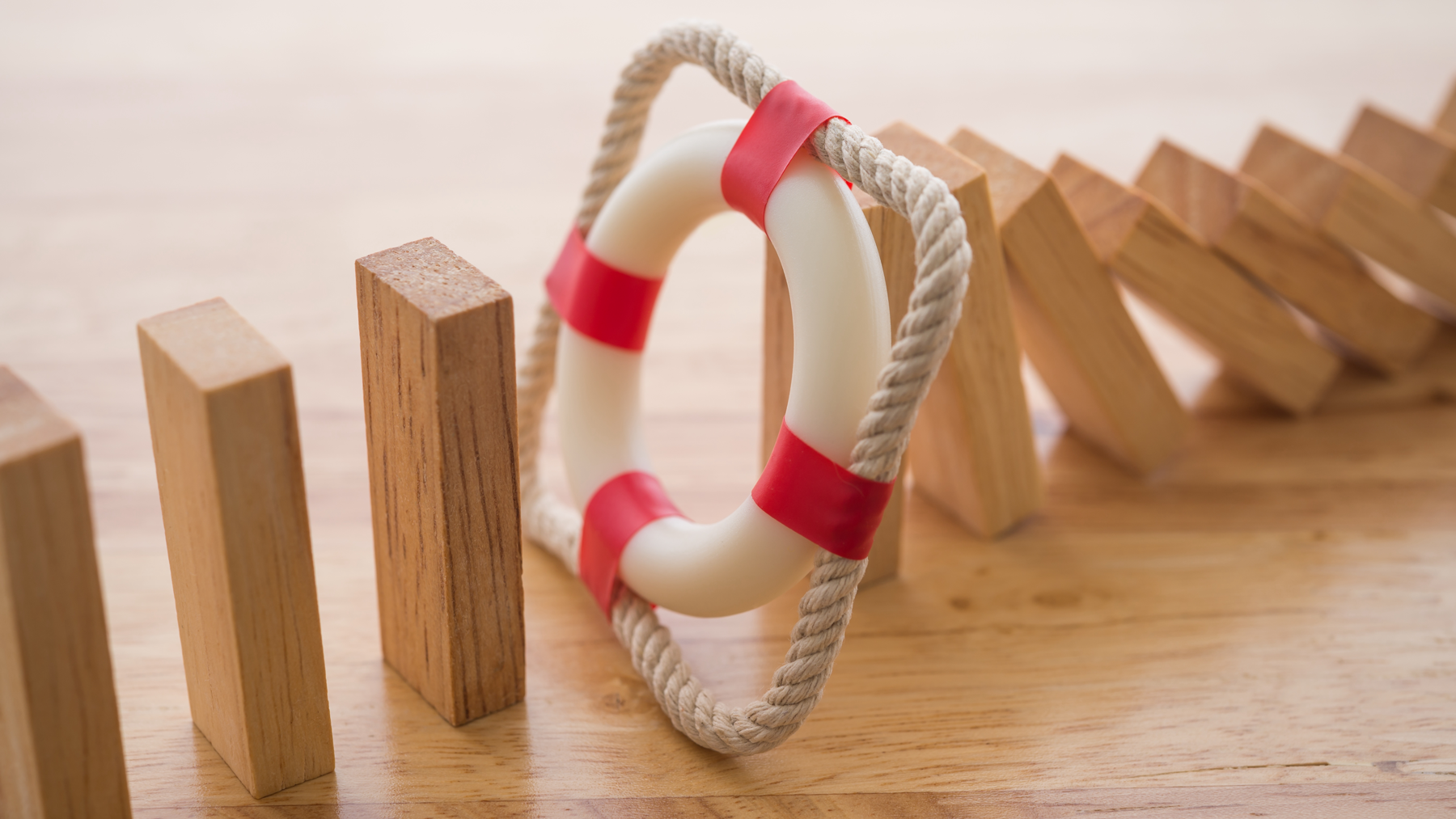In response to: Stop fall prevention practices that aren’t working
Dear Dr. Smith Gelinas,
I am writing to inform you of the importance of effective patient safety tools regarding fall risk assessments, reflected in the article, Stop Fall Prevention Practices that Aren’t Working (Quigley, 2024).
Falls occur due to a lack of attention to whether there are patient-specific fall risk assessments, and these details are pertinent to ensuring the patient’s safety. I fully support the author’s article, Stop Fall Prevention Practices that Aren’t Working (Quigley, 2024), regarding reducing falls by effectively evaluating fall risk assessments. Numerous healthcare providers depend excessively on instruments, ratings, and risk classifications when creating fall prevention strategies (Quigley, 2024). Fall risk assessments should encompass more than just standard practice tools.
Please implement tele-sitters as an adjunct to fall risk assessments to create personalized patient fall risk plans. I ask that you focus on a multifactorial plan moving forward and put that plan into action, for it is in the best interest of the patients. Tele-sitter systems can be the turning point for this issue, and patient safety depends on it. This article suggests that tele-sitter systems are an innovative alternative (Quigley, 2024). It can set into motion an attempt to be proactive and foster a safety-oriented culture in healthcare settings. It is our collective responsibility to take action and make these changes.
– Alyssa Stonestreet, RN
Alliance, OH





